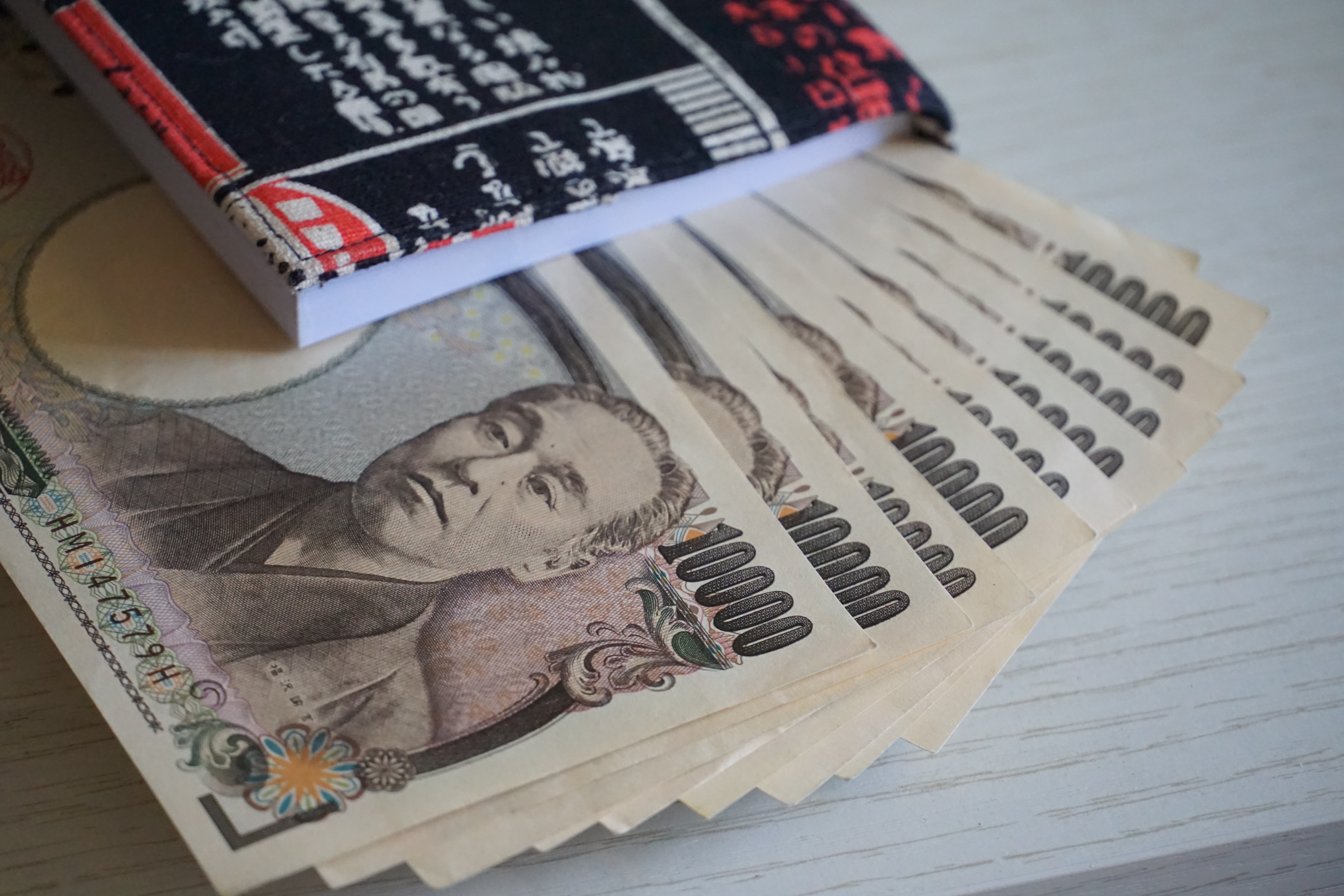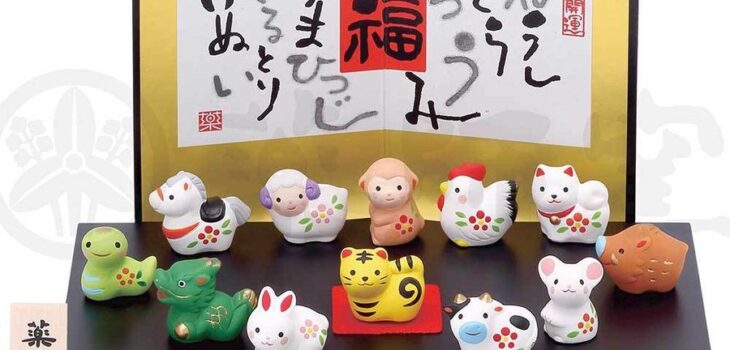 Agritech
Agritech
Innovative Sustainability: How 5 Japanese Companies are Implementing SDGs
By Kana Kono

The 14th of May was World Fair Trade Day. World Fair Trade Day, organised by the World Fair Trade Organisation (WFTO), is a day dedicated to thinking about and raising awareness of “alternative solutions to the planet’s economic and ecological challenges”.
Sustainable Development Goals, or SDGs, are an increasingly important set of goals for our planet to achieve sustainability, peace and prosperity. In the United Nations’ 2030 agenda, the following 17 SDGs were put forth, with aims to achieve them 2030.













